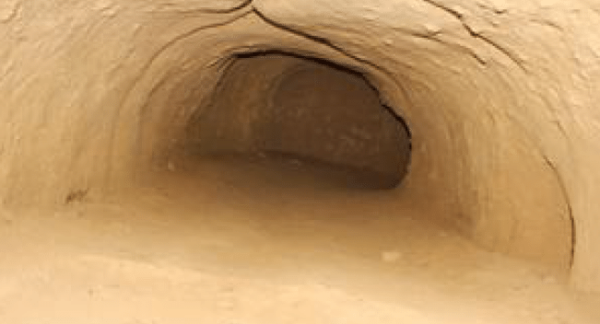MEERUT: After years of requests by archaeologists and local historians, the Archaeological Survey of India (ASI) has finally approved the excavation of what locals believe is the site of the ‘Lakshagriha’, the house of lac which features in an important incident in the Mahabharata .
The site is located in Barnawa
area of Baghpat district.
Retired ASI superintending archaeologist, (excavation) KK Sharma said, “Lakshagriha plays a significant part in the Mahabharata. The Kauravas had built the palace out of lac and planned to burn the Pandavas alive, but the brothers escaped through a tunnel.
The structure was located in what is now Baghpat, at the site called Barnawa. In fact, Barnawa is the twisted name of Varnavrat, one of the five villages that the Pandavas had demanded from the Kauravas to settle in after their exile.”
Speaking to TOI, director (excavation) of ASI Jitender Nath said, “After a thorough study of the proposal we have given licence to two ASI authorities,
Institute of Archaeology
in Red Fort, Delhi, and our excavation branch, to jointly conduct the excavation.”
According to ASI officials, the excavation will begin in the first week of December and will continue for three months. Students of the Institute of Archaeology will also participate in it.
Asked about the religious significance of the site, Dr SK Manjul, director, Institute of Archaeology, said, “It will not be appropriate to say anything on the religious aspect of this site as of now. We chose this site primarily because of its proximity to other important sites like Chandayan and Sinauli. In Sinauli, excavations had revealed an important Harappan-period burial site. We had recovered skeletons and pottery in large quantities in 2005. Similarly, a copper crown along with carnelian beads was found in Chandayan village in 2014.”
The crown was found by local archaeologist Amit Rai Jain and the find had been reported by TOI. Though not much remains at the site, its most significant part is the tunnel inside the mound, which the Pandavas may have used to make their escape.
Krishan Kant Sharma, associate professor, department of history, Multani Mal PG College Modinagar and secretary of Culture & History Association, “No one has ever ventured too deep into the tunnel as it has several turns. But maybe now this excavation will map its length.”




Leave a reply